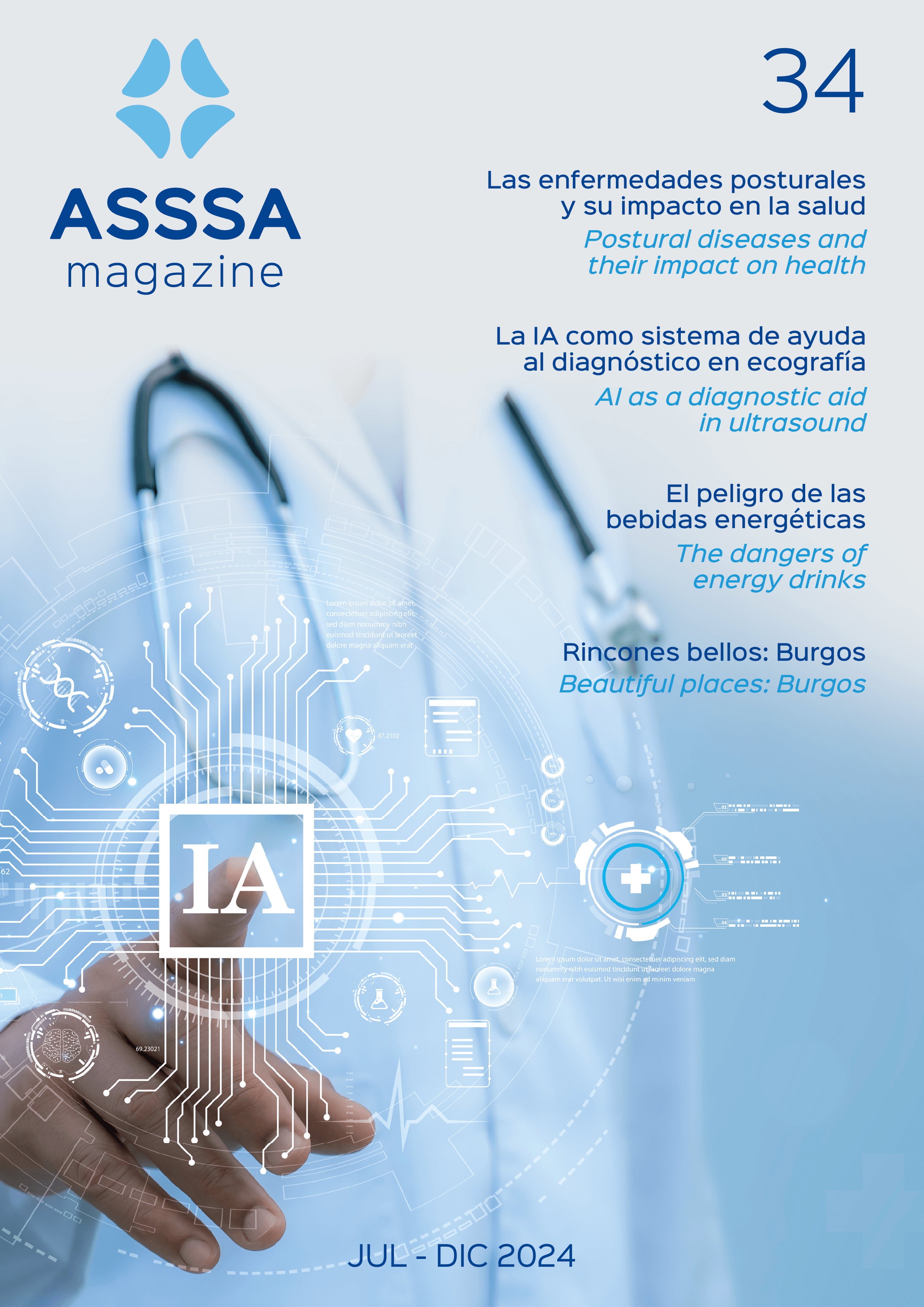
Dizziness, blurred vision or difficulty keeping balance, both while seated and standing, are the main ailments of vascular vertigo. But did you know that these types of injuries can be treated with physiotherapy?
Getting a diagnosis is the first step. The otolaryngologist (ear, nose and throat specialist) plays a crucial role in detecting the problem, which may come from the inner ear and affect the vestibular system (PNS) or a central vertigo affecting the vestibular nuclei and their connections (CNS). Balance and vestibular rehabilitation can be used for injuries affecting the vestibular system.
What does the treatment consist of?
It consists of encouraging the plasticity of the central nervous system using substitution or adaptation mechanisms (“re-educating” the brain”). To do this, the physiotherapist uses various previously designed techniques and exercises after performing tests like the vestibulo‑ocular reflex (VOR), head thrust test, nystagmus test, balance test and walking assessment.
Factors such as age, cause (traumatic or degenerative), medical and drug treatments, acute or chronic state, etc. are also taken into account.
The treatment is much more effective if started early. Patients are often prescribed rest and treatment with medicines to get through these episodes, but the problem may become chronic. Physiotherapy, on the other hand, improves patients’ quality of life and makes their symptoms disappear.
Treatment considerations
To make it more effective:
- Customise treatment and use different techniques.
- Do the exercises progressively, starting easy and building to more complexity.
- When there are otoconia, that is, when the vestibular organ inside the ear becomes dislodged, perform the Epley and Semont manoeuvre (seated, turn the head to one side at a 45 degree angle and lie back, then repeat on the other side).
- In acute patients, the exercise time will be short, unlike for chronic patients.
- Perform two to three 20-minute sessions per day and rest after each one.
- Stop the exercise if it causes severe physical discomfort.
- Take into account external factors like clothing, light and the place where the exercise is performed.
- Avoid falls that may cause further injury.
- Use next-generation techniques, like virtual reality video games adapted to the patient.
Basic exercise guide
Level 1: eye exercises. Seated, look upwards, downwards, at an object.
Level 2: head and eye movement exercises. Gentle head extension and inclination movements while seated.
Level 3: arm and body movement exercises. Lift shoulders while seated and perform gentle circular movements with the arms.
Level 4: stand up and perform some movements. Lift one foot onto a step; pass an object rhythmically from one hand to the other.
Level 5: travelling movement. Walk in circles, always supported to prevent any falls.
Over time, studies have been carried out with good results for treating this condition, showing the effectiveness of physiotherapy, especially when treatment is given early on. This makes it one of the best weapons for fighting against the symptoms caused by balance issues.
Francisco López Fructuoso
Physiotherapist at Centro Médico Ciudad Quesada












